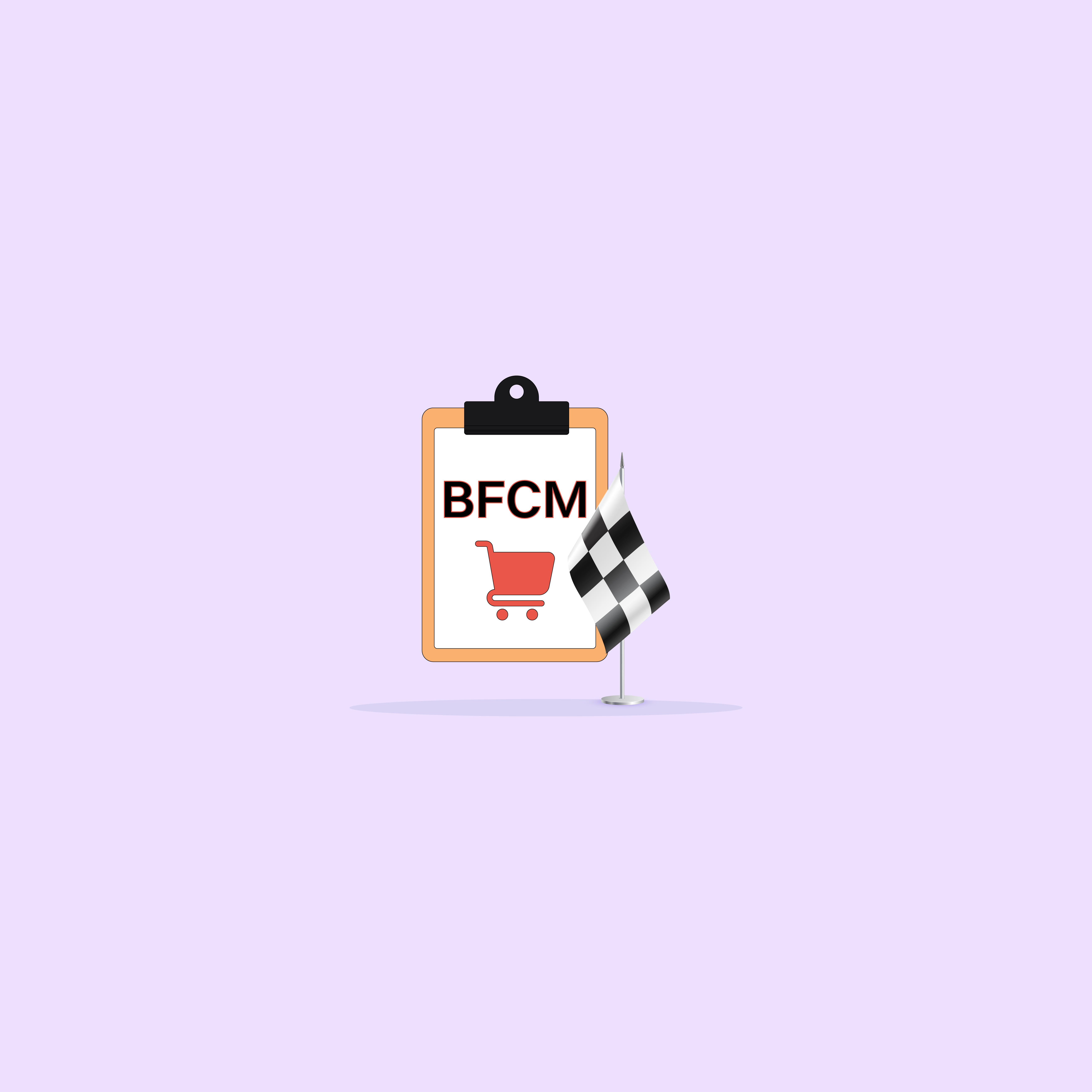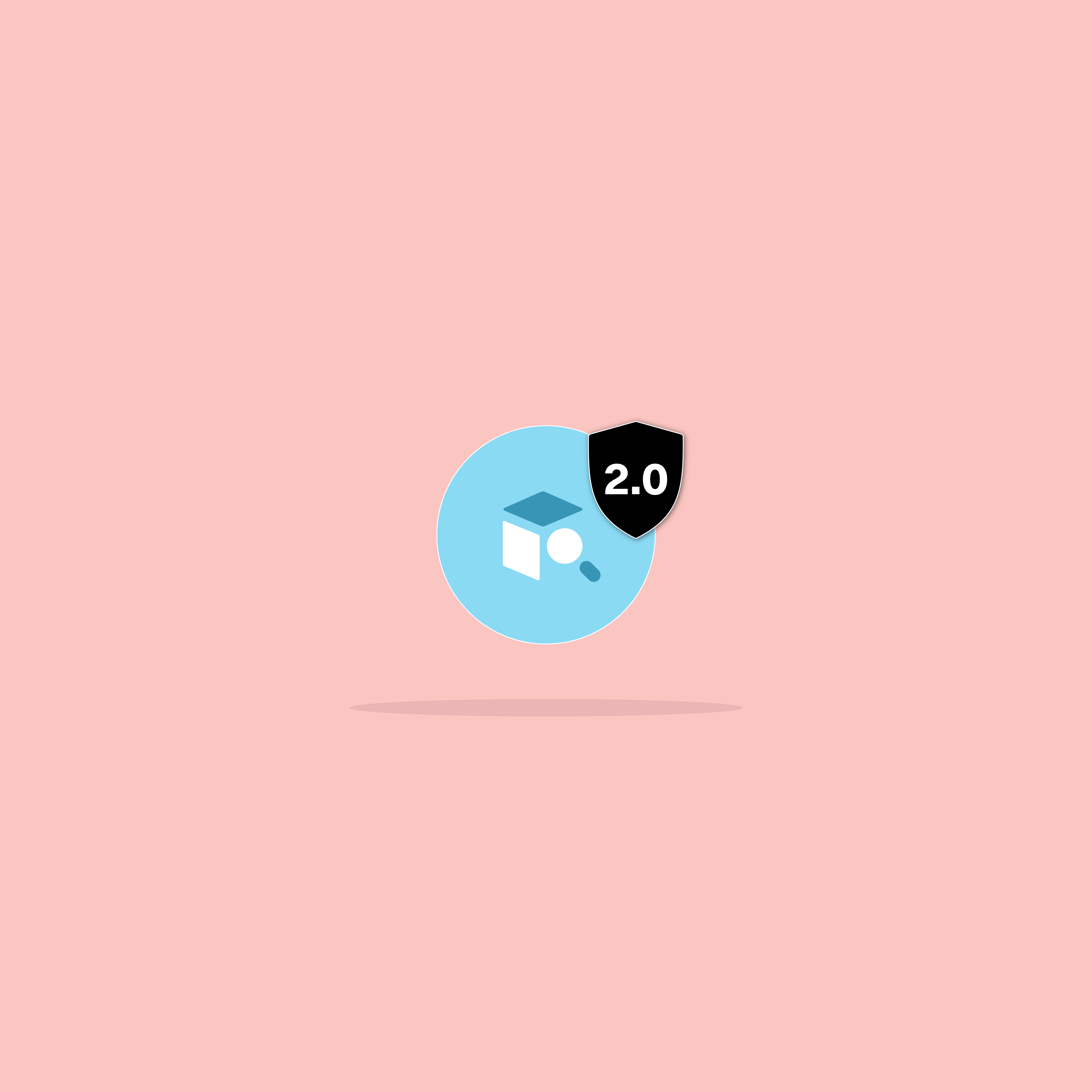Our websites use cookies. By continuing, we assume your permission to deploy cookies as detailed in our Privacy Policy.
Tips on Building an eCommerce Website
Opening your own online store makes a lot of sense nowadays. With the advent of the Internet, anyone can start an ecommerce business and sell products online. In fact, Nasdaq predicted in its research that 95% of all purchases will be made online by 2040. With the revenue of the e-retail industry skyrocketing every year, the advantages this sphere offers for business owners are undisputable.
A logical step in the development of an ecommerce business is the launch of an online store. Even if you do not know all the ins and outs of website development, you can build your own store from scratch. Here are a few tips that will make the road smooth and even for you.
1. Finding Your Niche
When starting a new online business, the first thing you need to do is market research. Even if you already know what you will sell in your online store, this step is essential.
First of all, check the availability of your brand name. You should register it to avoid the situation where your competitors could use the same name. Also, make it your task to read what intellectual property is and how to protect it when you have an online store.
Remember that you build an ecommerce website with a great idea in mind – selling products while establishing beneficial profit margins. To do that, you need to find products that will sell like hotcakes. The last thing you want is to offer products that no one wants to buy.
Dedicate time to this step before opening a store. Google Trends and TrendHunter are your primary helpers with the task. The latter helps with finding various product niches and the most popular products on the market. This is a go-to tool for those who want to have a prosperous ecommerce business.
2. Purchasing a Domain Name
After and only after you know what types of products you want to sell, choose the right domain name. Remember that it will become a significant part of your brand identity and should depict what your store sells. You can find a lot of websites where you can buy domain names. Just do not go for some gibberish one but choose the one that will help your customers understand what you sell as soon as they see your domain name. Domain names are inexpensive and can be bought for as little as $10.
3. Building a Website
This is another step you need to undertake. There are two ways of building an ecommerce website. You can either find a company that provides software development services and hire it to make a top-notch website, or you can use one of the platforms that allow building simple websites yourself. Such options are numerous and include famous names like Shopify, WooCommerce, SiteBuilder, and many others.
The main downside of the latter option is that you need to do everything yourself. Depending on the chosen platform, you might need to do some coding to customise your website and make it stand out from the crowd.
When you choose to build an ecommerce website with the help of a development company, all the tasks fall on the vendor. When choosing one, take into account customer reviews, its experience, industry focus, qualification, types of provided services, and the price. You need to choose wisely to ensure that the final result will be up to your expectations. To be on the safe side, look for a good price-quality ratio.
4. Adding Payment Systems
Have you ever chosen a product you wanted to buy but did not proceed with the purchase because your preferred payment system was not available? According to various reports, this is named one of the reasons for a high cart abandonment rate. You need to provide as many payment systems as you can. Study the local market, learn what systems are mostly used and add them to your ecommerce website. You may not integrate all of them, but there are always a few that are a must to have.
5. Developing a Pricing Strategy
When you have your online store up and running, you need to devise a pricing strategy that will bring you the highest revenue possible. It does not matter whether you are launching a new business or expanding online presence for a brick-and-mortar one. However, an online business is different from the latter. When selling products online, you need to consider a number of important factors:
– The cost of materials if you manufacture your own products or the cost price of products that you resell
– Expenses for website hosting
– Packaging and shipping
– Taxes
– Fees you need to pay for the usage of add-ons like payment systems, delivery services, etc.
6. Company and Product Pages
Product and company pages are no less important for your brand image. They need to show customers that you are a trustworthy seller as they tend to buy from companies they trust. A company page on your website does just that. What you put on it is up to you. You can tell your audience anything you like, from the idea behind your store to its history and your values.
Product pages are the second most important part of your ecommerce website. Providing customers with a detailed description of items and telling them everything they might want to know, you reduce the number of questions they may ask and enhances the shopping experience on the whole.
A perfect description should contain:
– Product photos made from different angles
– Detailed descriptions with all features included
– What’s in the box info
– Dimensions, weight, and other important characteristics of the items you sell
7. Marketing Ecommerce Business
While some might think that the work is done, in reality, the most challenging part of it is just beginning. As your task as a merchant is to sell products, you need to find customers that would want to buy from you. For that, you need to market your online store and expand your online presence. One of the ways to do that is by going multichannel. You can sell in your store as well as on marketplaces like Amazon, eBay, Etsy, Walmart, etc. They allow sellers to establish customer relationships and sell products where customers shop.
Another way of becoming a successful ecommerce business owner is by providing customers with relevant and useful information through your online store and social media channels. You can also cooperate with influencers to promote products to a wider audience, offer coupons and discounts. The main rule when choosing a marketing strategy is staying consistent in what you are doing.
The modern world provides us with all the necessary tools for building a successful ecommerce business. Developing a website is one of the most important and, at the same time, the most challenging tasks you need to accomplish.








